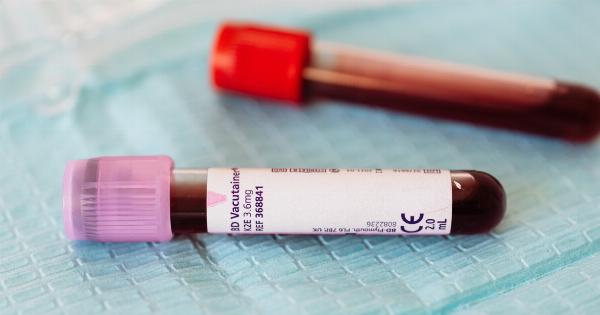Peripheral arterial disease (PAD) is a condition where blood circulation is blocked or restricted in the arteries of the extremities, mainly legs and feet.
This leads to decreased blood flow, nutrients, and oxygen to these body parts, causing pain and discomfort. Unfortunately, not all cases of PAD are diagnosed immediately, making it important to know who is at risk.
Risk factors of Peripheral Arterial Disease
There are several risk factors associated with PAD, including:.
Smoking
Smoking causes the constriction of blood vessels, limiting blood flow to the extremities.
Diabetes
People with diabetes are at a higher risk of developing PAD due to high blood glucose levels damaging blood vessels [1].
High blood pressure
High blood pressure can increase the risk of developing PAD by damaging blood vessels and causing artery constriction.
High cholesterol
High levels of cholesterol can lead to the buildup of plaque in arteries, narrowing the arteries and limiting blood flow to the extremities.
Obesity
Being overweight or obese puts additional pressure on the blood vessels, increasing the risk of blockage and damage [2].
Sedentary lifestyle
Lack of regular physical activity can lead to the weakening of blood vessels, leaving them more vulnerable to damage and plaque buildup.
Age
As people age, they are at a higher risk of developing PAD because of the natural wear and tear of blood vessels and tissues.
Family history
People with a family history of PAD or other cardiovascular diseases are at a higher risk of developing this condition.
Diagnosing undiagnosed PAD
If you are experiencing leg pain, numbness, or weakness, it is important to consult with a doctor. A physical examination and medical history review can help identify any risk factors for PAD.
Your doctor may also conduct a non-invasive test called ankle-brachial index (ABI) to compare the blood pressure of your arm to your ankle.
Treatment for PAD
The treatment for PAD typically involves lifestyle changes, including quitting smoking, maintaining a healthy weight, and increasing physical activity.
In addition, medications such as blood thinners and cholesterol-lowering medications can be used to treat the condition. In severe cases, surgery may be needed to remove blockages or repair damaged blood vessels.
Conclusion
It is important to be aware of the risk factors associated with PAD to prevent its occurrence and detect it early for treatment.
Consulting with a healthcare professional, making lifestyle changes, and managing risk factors can help to prevent PAD and decrease symptoms for those who develop it.


























